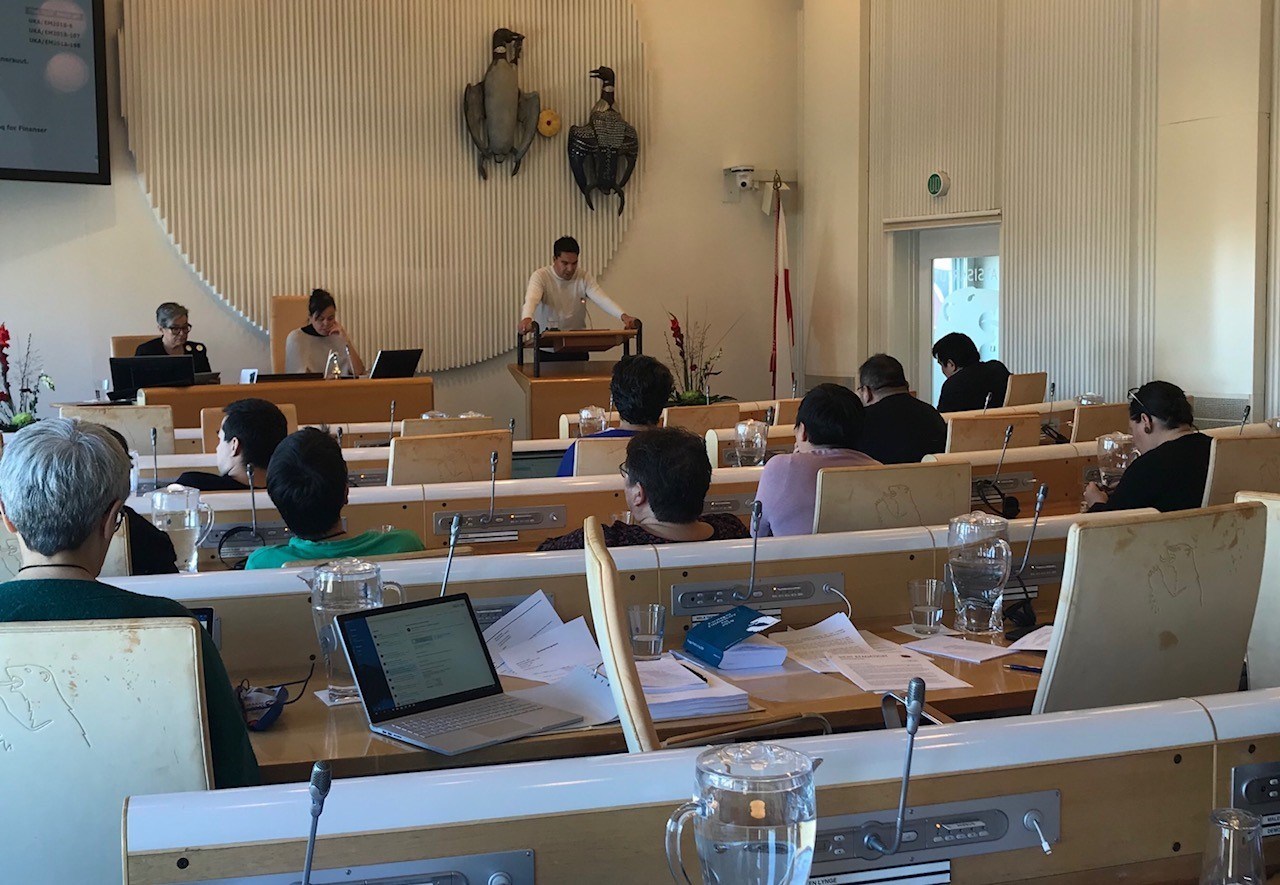Greenland’s legislature suspended, and students are quarantined after a new coronavirus case
Nearly a hundred people have been ordered to self-quarantine after being exposed to an individual who later tested positive for Covid-19

The autumn sitting of Inatsisartut, Greenland’s national assembly, has been temporarily suspended amid concerns that members of its finance committee were exposed to COVID-19.
The decision to suspend meetings indefinitely came after an individual who had recently returned to Greenland tested positive for the virus, and it was later determined that the individual was closely related to a second person the seven committee members reportedly met with in Nuuk.
The members of the committee have been ordered to self-quarantine as a precaution. The remaining 24 members of Inatsisartut were told not to go to their offices at the legislative building on Thursday.
[Greenland reimposes traveler quarantines in a bid to remain coronavirus-free]
Initially, the measures only affected yesterday’s session, during which finance issues were to be discussed. Inatsisartut was expected to resume business today, but Chair Vivian Motzfeldt later announced that the sitting would he halted until all finance committee members were no longer considered to be at risk of carrying COVID-19.
A decision about whether to prolong the current sitting or to carry over any unfinished business resulting from the suspension to the spring will be made at a later date, according to Motzfeldt.
This is the second sitting of Inatsisartut to be affected by COVID-19; the spring sitting was delayed by a month after the imposition of social-distancing measures banning gatherings.
In addition to the finance committee, the regional mayor, who also attended the meeting, has been told to self-quarantine, as have an additional 10 people in Aasiaat, where the infected person lives. In addition, 80 students at a secondary school in the town of Sisimiut attended by a person who was in contact with the person who tested positive, have been sent home.
[Greenland is taking a long-term approach to battling COVID-19]
The student has not tested positive, but, according to Jokum Møller, the school’s headteacher, the students were sent home in order to eliminate any risk of spreading the virus. He told local media that the school had been prepared for such a situation, and that the students were being sent home as a precaution.
Students who cannot safely quarantine at home will be offered a room at the school where they can self-isolate, according to Møller.
According to the current rules, anyone wishing to travel to Greenland must test negative for COVID-19 prior to departure. Upon arrival in Greenland, travellers must self-quarantine for 14 days, or until they deliver a second, negative, test taken at least five days after their arrival.
[Greenland is well-placed to weather COVID-19’s economic storm, economists say]
The rules were reinstated in September in connection with a sharp increase in the number of cases of COVID-19 in Denmark. At the time, there were no active cases of COVID-19 in Greenland, but the sole international route to Denmark originates in Copenhagen, and public health officials feared that residents returning to Greenland would bring the virus with them.
In a statement that has now become a general reminder to travellers, Henrik L. Hansen, the chief medical officer, said at the time: “COVID-19 will be brought to Greenland by incoming passengers, and outside of the high season, most incoming passengers are residents of Greenland who are typically returning from business travel or holiday.”
According to Hansen, 10 people were initially exposed to the virus while individual should have been in isolation.
With the latest reported case, 17 people in Greenland are confirmed to have been infected with COVID-19. The current infection is the only known active case.